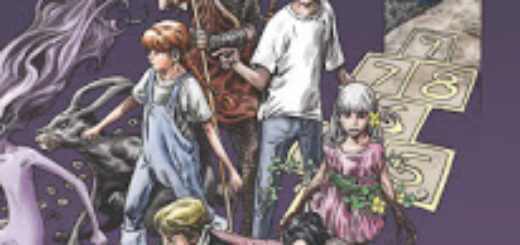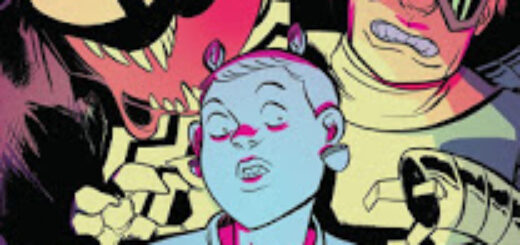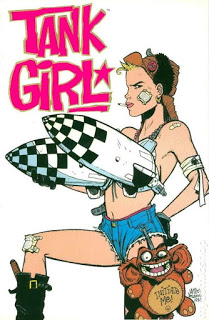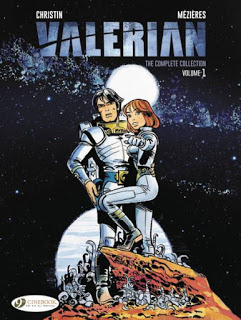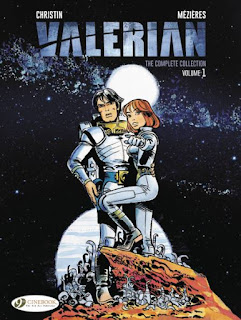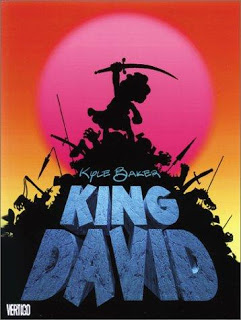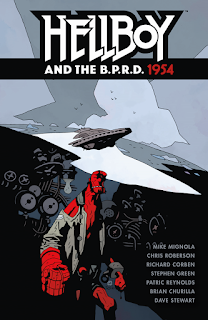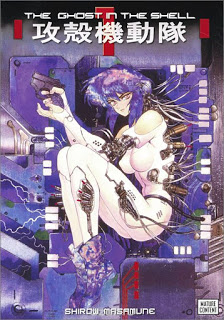Book-A-Day 2018 #115: Free Country by more people than I can list here
Look, I don’t think I can describe it better than I did a couple of weeks ago when this book entered my house, so let me quote myself:
Twenty years or so ago, everything in corporate comics had to be an event. (Not all that different from now, then!) The Vertigo “line” at DC was actually a bunch of entirely separate comics with a rough shared audience and stance, but they had to have a big Event in their annuals (which they also had to have) in 1993. It was called The Children’s Crusade, and there were bookend standalone comics that the various individual comics’ annuals slotted in between, more or less. It was not the most successful experiment. After a couple of decades, though, someone at DC realized they had a couple of issues written or co-written by [Neil] Gaiman that were sitting uncollected and not making them any money. So they commissioned a new team (Toby Litt and Peter Gross) to create a new middle, and then put out the end product as a book with a new Gaiman introduction. I can’t imagine it all comes together well, but I’m fascinated to see just how jury-rigged and bizarre it is.
This book is the result. It starts out with The Children’s Crusade #1, a comic written by Neil Gaiman, pencilled by Chris Bachalo, inked by Mike Barreiro, and colored by Daniel Vozzo in 1993. The middle was created in about 2014-15, and was written by Toby Litt (and, in smaller letters for no stated reason, Rachel Pollack), drawn by Peter Gross (and, in smaller letters, Al Davidson), and colored by Jeanne McGee. The end is 1994’s second issue of The Children’s Crusade, possibly somewhat altered to appear here, written by Gaiman, Alisa Kwitney, Jamie Delano and Toby Litt; drawn by Peter Snejberg and Peter Gross; and colored by Daniel Vozzo and Jeanne McGee. Explaining all of the above, in a more positive and optimistic light, is a new introduction by Gaiman
OK. The good news is that Vozzo and McGee colored the whole thing between the two of them, giving it some visual consistency that way. The third section, though, does see-saw back and forth between the Snejberg pages and the Gross pages, which look very different. And that third section does contain rather more plot and action — as Gaiman notes in that introduction — than it’s really able to hold together.
First it was an interesting idea that didn’t quite come together. Then it was an opportunity to salvage that idea into a book that could continue to make money for DC Comics, and, maybe, for the contributors. That got us Free Country: A Tale of the Children’s Crusade in 2015.
(And the cynic in me wonders if this came to being then largely because Karen Berger left DC and Vertigo in 2013, leaving the Powers That Be to cast around for easy ways to keep exploiting the properties she’d midwifed over a long career there.)
Someone noticed that all of the Vertigo comics of that era had child characters — Tefe, the daughter of Swamp Thing; Maxine, the then-budding goddess and daughter of Animal Man; Dorothy Spinner, an actual full member of Doom Patrol; Suzy, the young Black Orchid; Tim Hunter, whose series Books of Magic had not actually gotten started yet; and, representing Sandman, the two Dead Boy Detectives, Charles Rowland and Edwin Paine.
Well, I say “all.” Gaiman said “all” in his introduction. I trusted him, but then I checked.
That list of Vertigo titles ignores Hellblazer, then Vertigo’s second-biggest seller. And Shade the Changing Man, another strong title that was subsumed into the Vertigo launch earlier in 1993. And Kid Eternity, one of the initial launch titles. I’ll ignore the 1993 and 1994 Vertigo mini-series like Enigma and Sebastian O, since those wouldn’t make sense in a crossover. And Sandman Mystery Theater was set fifty-plus years earlier…but it crossed over with other titles at the time and later.
So not so much “all” as “all of the creators DC could cajole or demand to do it.”
Anyway, the story was that first all of the children from one small English village disappeared, and then, at an increasing rate, children all over the world. We the readers quickly learn that they were spirited away to an other-dimensional land called Free Country, ruled by a cabal that seem like they should all be familiar from other stories but aren’t, quite. There, the children will live forever in childlike splendor, never to grow up. We are given to believe that this may not entirely be a good thing, and that there may be sinister hidden reasons behind this plot.
The Dead Boy Detectives were hired to investigate the initial disappearance, and the other five main characters (Tefe, Maxine, Dorothy, Suzy, and Tim) were the special super children who had to be lured to the place the other kids went to make the secret plot — for there always much be a secret plot — work. The first issue sets it all up and sends the DBDs out looking, the middle replaces all of those issues where the individual kids made their ways to Free Country (and, in some cases, left again), and the last issue gets the DBDs to Free Country to finish up everything eventually after many more very plotty pages.
It’s still pretty much a mess here, even with all of the extraneous middle from all of the other annuals left out. And it’s annoying that most of the “special” kids are girls, but that none of the girls are allowed to be active or particularly heroic. Instead, the boys save them, as always — how boring.
Free Country has some nice bits, and it’s a fun time capsule of the very early days of Vertigo, when it was the oddball corner of the DC Universe. But it does not hold together all that well as a story, lurching around almost randomly among the too many things it’s trying to keep track of. But it made some money for DC at the time and then again in 2015, which I have to imagine was the whole point of the thing.
![]()
![]()
Reposted from The Antick Musings of G.B.H. Hornswoggler, Gent.

